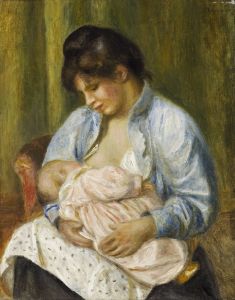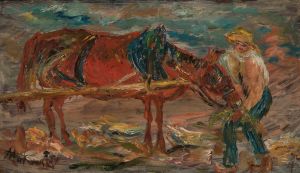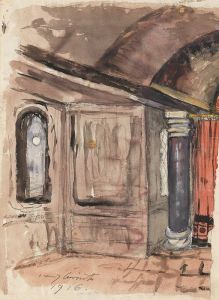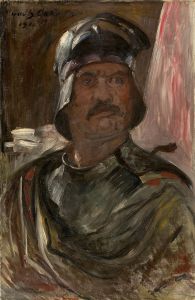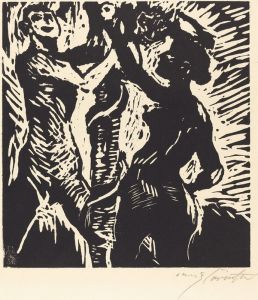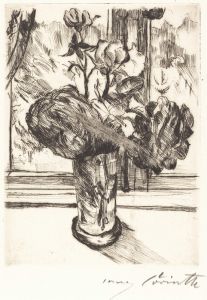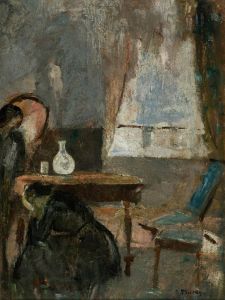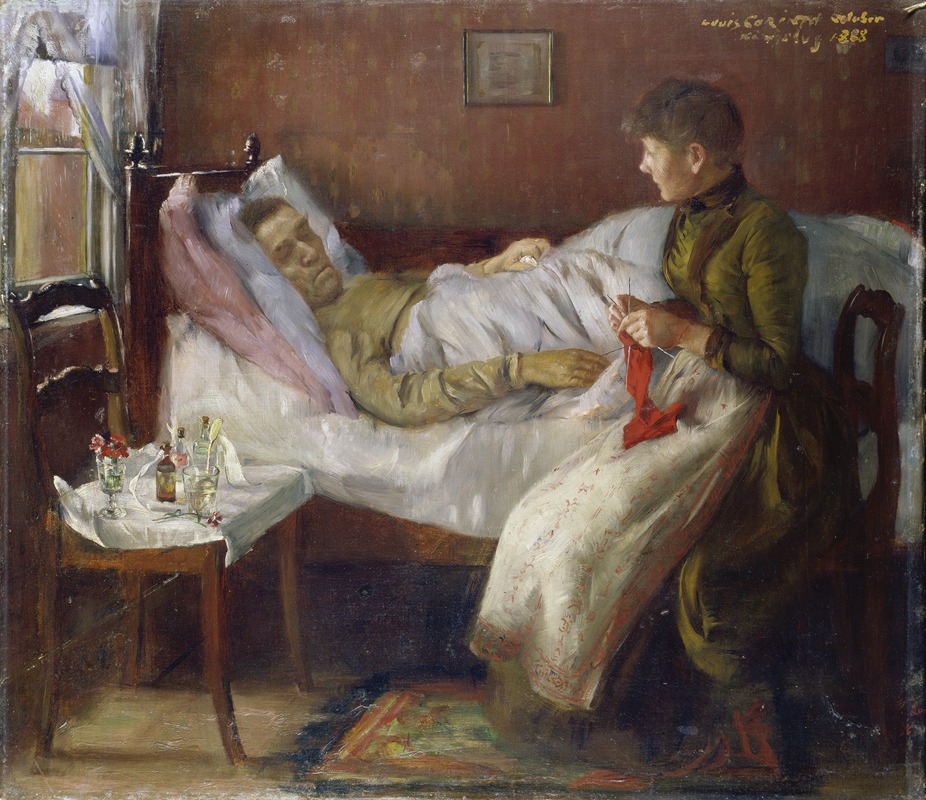
The Artist’s Father in his Sickbed
A hand-painted replica of Lovis Corinth’s masterpiece The Artist’s Father in his Sickbed, meticulously crafted by professional artists to capture the true essence of the original. Each piece is created with museum-quality canvas and rare mineral pigments, carefully painted by experienced artists with delicate brushstrokes and rich, layered colors to perfectly recreate the texture of the original artwork. Unlike machine-printed reproductions, this hand-painted version brings the painting to life, infused with the artist’s emotions and skill in every stroke. Whether for personal collection or home decoration, it instantly elevates the artistic atmosphere of any space.
"The Artist’s Father in his Sickbed" is a poignant painting by the German artist Lovis Corinth, created in 1888. Lovis Corinth was a prominent figure in the German art scene, known for his contributions to both Impressionism and Expressionism. This particular work is a deeply personal piece, reflecting Corinth's emotional connection to his family and his ability to capture intimate moments with profound sensitivity.
The painting depicts Corinth's father, Franz Heinrich Corinth, during his final days. The elder Corinth is shown lying in bed, visibly weakened and frail, which conveys the vulnerability and inevitability of human mortality. Lovis Corinth's use of color and brushwork in this painting is notable for its emotional intensity and realism. The somber tones and the careful attention to detail in the depiction of his father's features highlight the artist's technical skill and his deep personal engagement with the subject matter.
Lovis Corinth was born in 1858 in Tapiau, East Prussia, and studied art in Königsberg, Munich, and Paris. His early work was influenced by the Impressionists, but he later developed a more expressive style. "The Artist’s Father in his Sickbed" was painted during a period when Corinth was still exploring his artistic identity, and it reflects his ability to blend realism with emotional depth.
The painting is significant not only for its artistic qualities but also for its historical context. It was created during a time when Corinth was grappling with personal loss and the realities of life and death. This work is often seen as a reflection of his own fears and anxieties about mortality, as well as a tribute to his father. The intimate nature of the painting allows viewers to connect with the universal experience of losing a loved one, making it a timeless piece that resonates with audiences even today.
Throughout his career, Lovis Corinth continued to explore themes of life, death, and the human condition. His later works became more expressive and dynamic, often characterized by bold colors and vigorous brushstrokes. However, "The Artist’s Father in his Sickbed" remains a testament to his early mastery of capturing the quiet, introspective moments of life.
The painting is housed in the collection of the Städtische Galerie im Lenbachhaus in Munich, Germany. It is considered an important work in Corinth's oeuvre and is frequently studied by art historians and enthusiasts interested in the evolution of German art during the late 19th and early 20th centuries.
In summary, "The Artist’s Father in his Sickbed" is a moving and intimate portrayal of Lovis Corinth's father during his final days. It exemplifies Corinth's ability to convey deep emotional truths through his art, making it a significant work in the history of German painting.








